Nutrient and Watering Guide for Cannabis
The foundation of any successful cannabis grow lies in proper nutrient and watering practices. These factors influence plant health, resilience, yield, and, ultimately, the quality of the final product. By maintaining an optimal pH, managing PPM levels, and incorporating essential nutrients like calcium, growers can avoid common pitfalls and support plant development through each stage. Additionally, understanding the impact of nutrient solution temperatures can prevent stress and nutrient lockout.
pH Management: Targeting 6.0 for Optimal Absorption
Cannabis plants are sensitive to pH levels, especially in soil-based grows. A pH of 6.0 is optimal for nutrient uptake, as recommended by cannabis expert Dr. Bruce Bugbee. At this level, plants can access essential nutrients, reducing the risk of deficiencies. To learn more, watch Dr. Bugbee's talk on feeding at pH 6.0. To maintain this level, use a pH pen or testing kit to monitor and adjust your water and nutrient solutions before each watering. Staying within the 6.0 range helps prevent nutrient lockout—a condition where nutrients are present in the soil but unavailable to the plant due to pH imbalance.
Nutrient Needs Through the Growth Stages
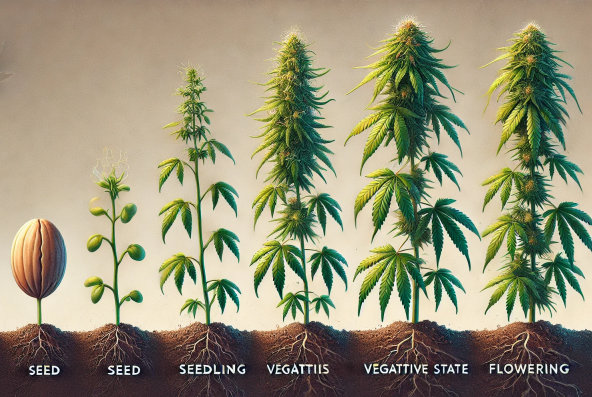
Cannabis plants require different nutrient levels at each stage. Here’s a breakdown of key nutrients and how they shift from vegetative to flowering:
- Nitrogen (N): Critical during vegetative growth for leaf and stem development. Levels should decrease in the flowering stage.
- Phosphorus (P): Essential for root development and, later, flower production. Phosphorus is especially important during the flowering stage.
- Potassium (K): Needed throughout the grow cycle for overall plant health and flowering. Potassium also strengthens plants, aiding in stress tolerance and resilience.
Calcium (Ca): Calcium is essential for strong cell walls and root development, contributing to plant structure and stability. A deficiency can lead to weak stems, stunted growth, and curled leaves with brown spots. Ensure that calcium is part of your nutrient regimen, especially in hard or alkaline water, which can inhibit calcium uptake. Calcium is often paired with magnesium in Cal-Mag supplements, which are available in both organic and synthetic options.
PPM Levels: Safe Ranges and Monitoring
PPM, or parts per million, measures the concentration of nutrients in your water or nutrient solution. Monitoring PPM levels allows you to fine-tune nutrient delivery and avoid overfeeding.
- Safe PPM Ranges: For seedlings, 100-250 PPM is safe. During the vegetative stage, PPM can be increased to 300-500. In flowering, levels of 600-1000 PPM support bud development. Avoid exceeding 1200 PPM, as this can lead to nutrient burn.
- Why PPM Matters: Keeping PPM within these ranges ensures plants receive adequate nutrients without risking toxicity. High PPM levels can cause nutrient lockout, where the plant cannot absorb nutrients effectively, leading to visible deficiencies and slowed growth.
Temperature Control for Nutrient Solutions
The temperature of your nutrient solution is a key factor in nutrient uptake. A "hot" solution (over 75°F or 24°C) can cause dissolved oxygen levels to drop, reducing the roots' oxygen supply. Low oxygen levels increase the risk of root rot, nutrient lockout, and other issues. Ideally, nutrient solutions should be kept between 65°F and 70°F (18°C - 21°C) for optimal root health and nutrient absorption.
Comparing Synthetic and Organic Nutrients
Your choice of nutrients, whether synthetic or organic, depends on your goals and budget. Here’s a comparison of two popular brands—Fox Farm (synthetic) and Lotus Nutrients (organic).
Fox Farm Synthetic Nutrients
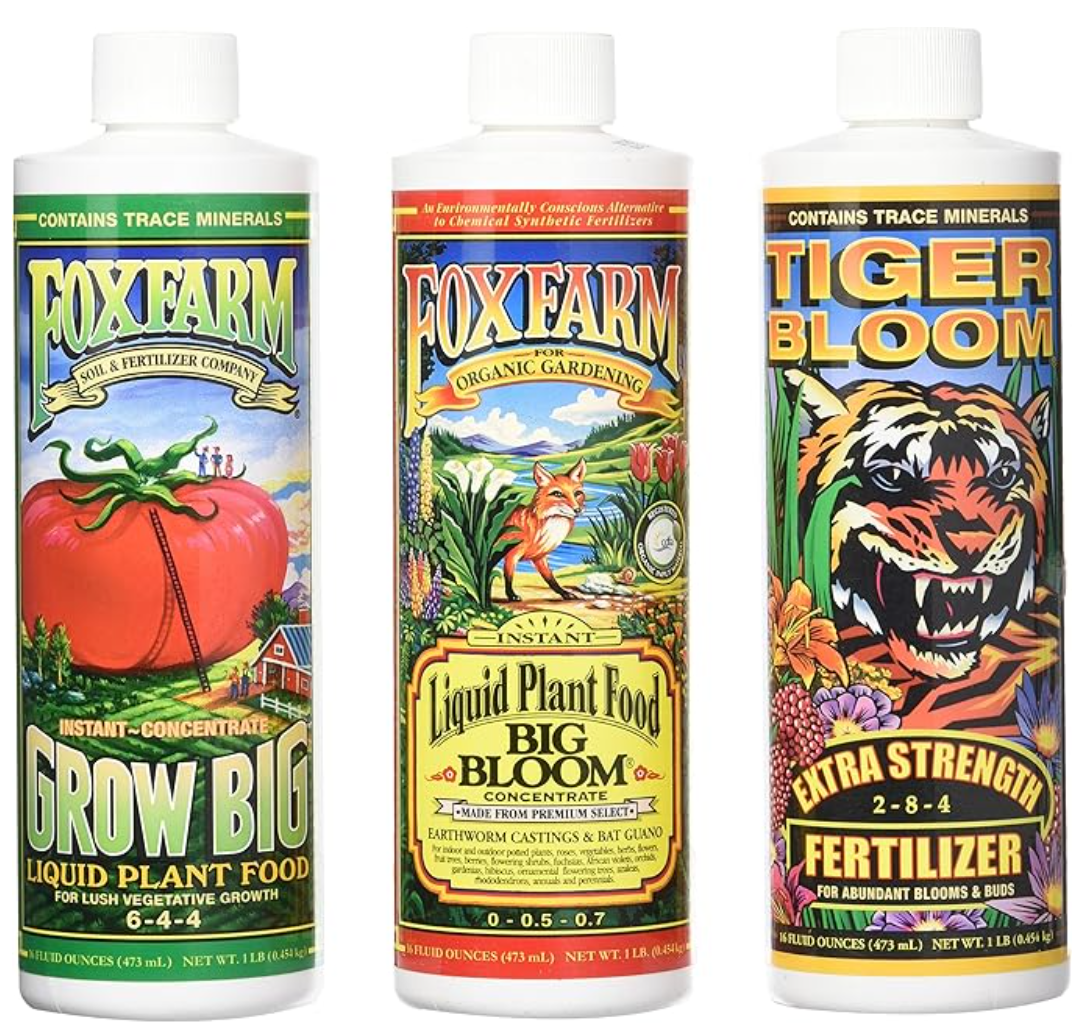
Fox Farm’s nutrient line, including "Big Bloom," "Grow Big," and "Tiger Bloom," provides a powerful and easy-to-use regimen for cannabis.
-
Pros:
- Immediate Absorption: Synthetic nutrients are readily available, allowing plants to absorb them quickly, which is beneficial for rapid growth.
- Ease of Use: Fox Farm’s pre-mixed formulas are user-friendly, with instructions for each growth phase.
- Cost-Effective: Synthetic nutrients are generally more affordable and can be applied in smaller doses for fast results.
-
Cons:
- Soil Health Impact: Synthetic nutrients don’t promote microbial life in soil, which can reduce soil quality over time.
- Environmental Concerns: Runoff from synthetic nutrients can contribute to environmental pollution.
- Risk of Nutrient Burn: Synthetic nutrients are concentrated, so improper use can lead to nutrient burn, which causes leaf tip burn and stunted growth.
Lotus Nutrients Organic Line
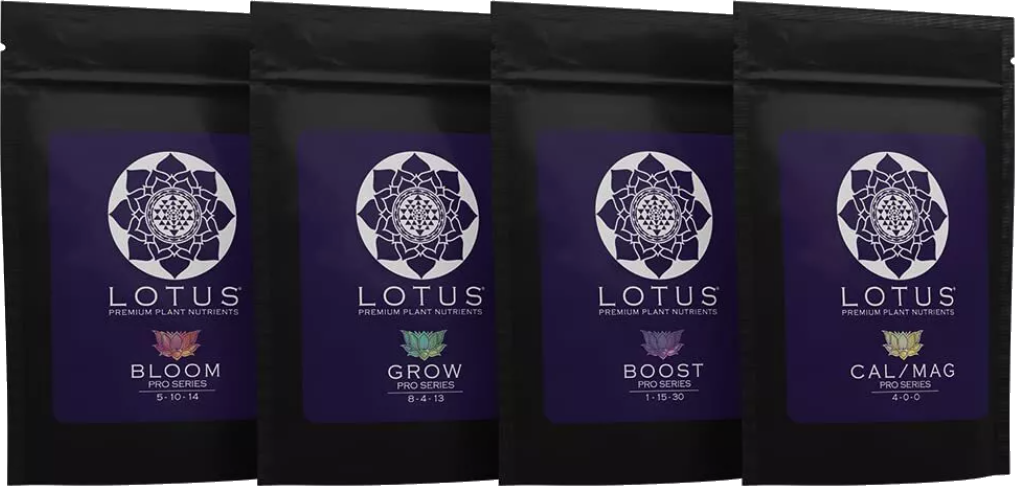
Lotus Nutrients, an organic option, is designed for growers focused on natural cultivation. Lotus comes in concentrated powder form and provides essential nutrients for each growth stage.
-
Pros:
- Improved Soil Health: Organic nutrients promote a healthy soil ecosystem by encouraging beneficial microbes.
- Enhanced Flavor: Many organic growers report richer flavors and aromas due to the natural compounds in organic ingredients.
- Eco-Friendly: Organic nutrients are biodegradable and reduce environmental impact, making them a more sustainable choice.
-
Cons:
- Slow Release: Organic nutrients need time to break down, making them less ideal for plants with immediate nutrient needs.
- Consistency: Organic nutrient levels can vary, requiring close monitoring to ensure plants receive balanced nutrition.
- Higher Cost: Organic nutrients are often more expensive, and frequent applications may be necessary.
Winner: Both Fox Farm and Lotus Nutrients have strengths. Fox Farm suits growers seeking quick results and ease of use, while Lotus Nutrients appeals to those prioritizing organic practices and flavor enhancement.
Watering Practices for Cannabis
Proper watering is as essential as nutrient management. Cannabis plants prefer soil that’s moist but not saturated. Overwatering leads to root rot, while underwatering causes wilting and nutrient deficiencies.
Best Practices for Watering:
- pH-Adjusted Water: Maintain a pH of 6.0 for nutrient uptake.
- Drainage: Ensure pots have adequate drainage to prevent waterlogging and root diseases.
- Adjust for Growth Stage: Plants in vegetative stages need more water, while flowering plants should be watered less frequently.
Five Supplements to Enhance Terpene Production
In addition to base nutrients, certain supplements can improve plant health, flavor, and terpene profiles:
1. Fish Shit by Fish Head Farms
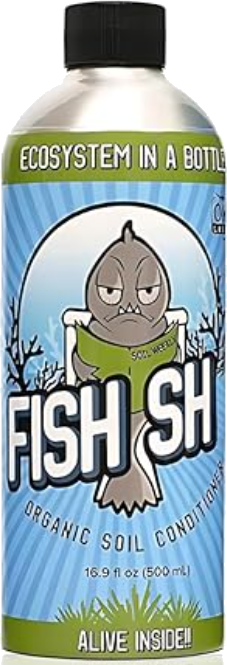
Fish Shit is a microbial inoculant that enhances soil health by introducing beneficial microbes.
- Benefits: It improves nutrient uptake and soil structure, promoting terpene production and enhancing flavor.
- Application: Add it to the nutrient mix or water throughout the growth cycle.
2. Molasses
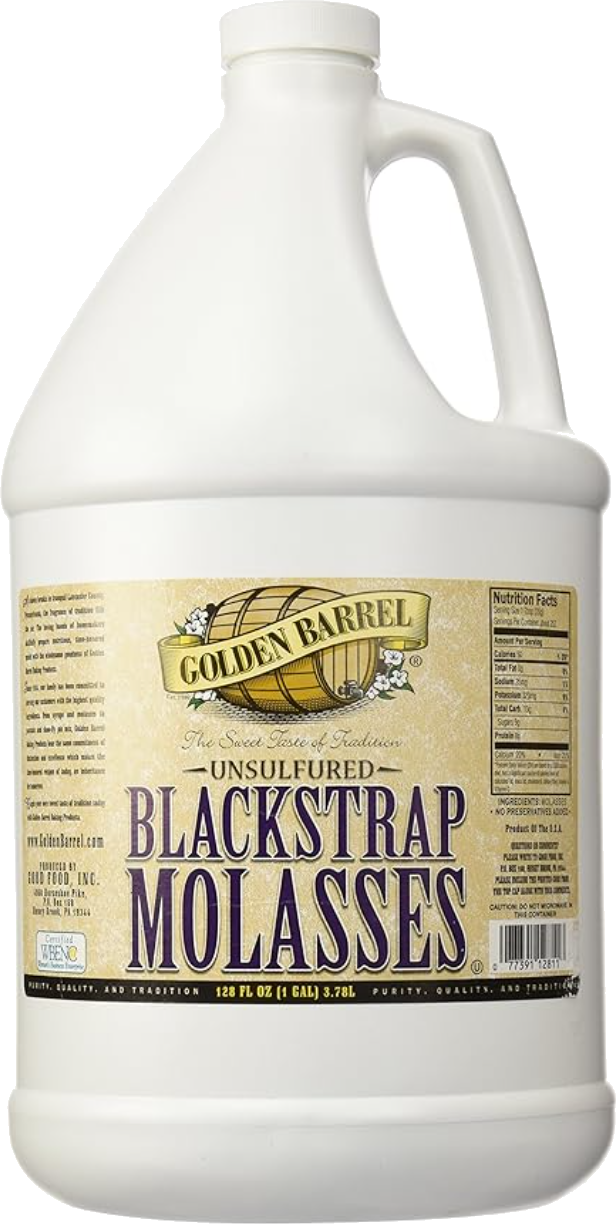
Unsulfured Blackstrap Molasses provides carbohydrates that feed beneficial microbes, supporting nutrient breakdown and absorption.
- Benefits: By energizing microbes, molasses enhances nutrient uptake and terpene production.
- Application: Use 1-2 tablespoons per gallon during flowering to support bud and terpene development.
3. Liquid Kelp
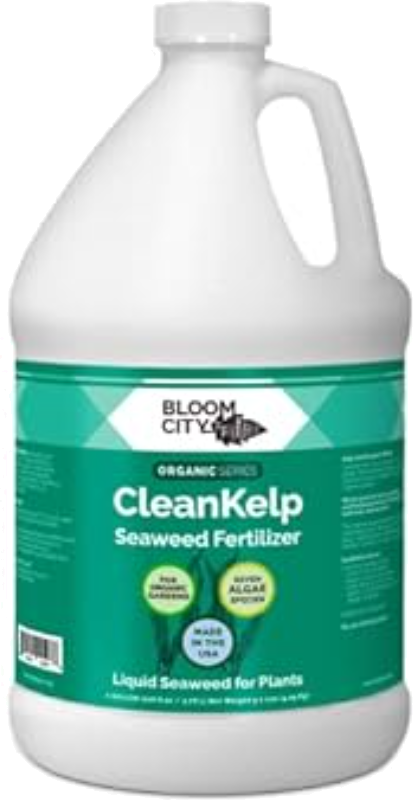
Liquid kelp is derived from seaweed and is rich in natural growth hormones and micronutrients.
- Benefits: Kelp strengthens roots, supports growth, and enhances resilience. Its growth hormones promote terpene production.
- Application: Apply as a foliar spray or mix into the nutrient solution during early flowering.
4. Humic and Fulvic Acids
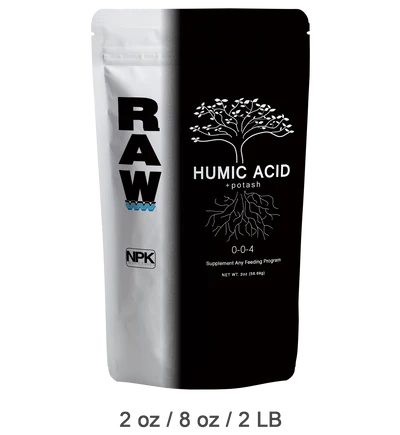
These soil conditioners improve nutrient availability, stabilize pH, and support healthy root systems.
- Benefits: By enhancing nutrient absorption, they contribute to stronger growth and richer terpene profiles.
- Application: Add to the nutrient solution or soil to ensure balanced pH and nutrient uptake.
5. Amino Acids

Amino acids aid in protein synthesis and metabolic processes, helping plants absorb nutrients more efficiently.
- Benefits: They reduce plant stress and support terpene production, contributing to richer flavors and aromas.
- Application: Use as a foliar spray or in the nutrient solution during flowering.
Conclusion
A successful cannabis grow relies on balanced nutrients, precise watering, and pH control at the recommended 6.0. Monitoring PPM levels helps prevent nutrient burn and lockout, while controlling nutrient solution temperature ensures healthy root function. Whether you choose synthetic nutrients like Fox Farm for rapid growth or organic alternatives like Lotus Nutrients for richer flavors, each has unique advantages. By supplementing with Fish Shit, molasses, liquid kelp, humic and fulvic acids, and amino acids, growers can further enhance terpene profiles and flavor. Together, these practices create a balanced, optimized environment, supporting healthy, productive plants for a flavorful and aromatic harvest.